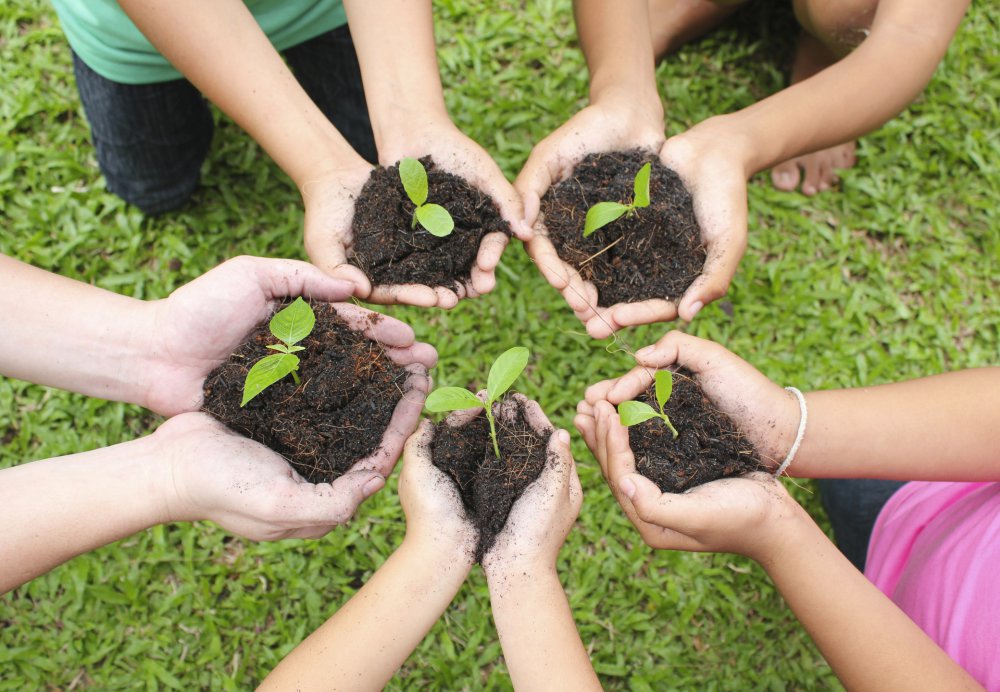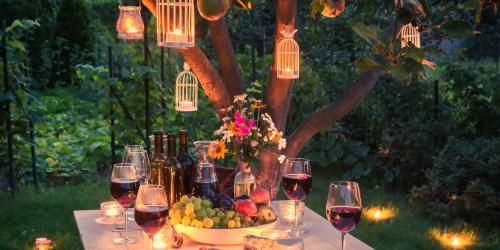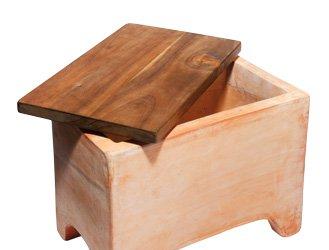Permaculture, everyone is talking about it ...
But it remains obscure. If the word is in fashion, the idea begins to date. Indeed, it is a question of putting ethics back at the heart of agriculture and to draw inspiration from what our ancestors and their knowledge of the land did to cultivate without destroying (soils, biodiversity, our health. .). Clearly, it is the use of earth-friendly techniques to obtain foods that take care of people, all with fair sharing of crops. Permaculture is not just a way of gardening, but rather a way of life, far from current industrial practices. The idea of locavorism is essential, as is sustainability. You already see a little clearer?
And this mound story then?
If we associate permaculture and cultivation on mound, it is because this technique is the most widespread of permaculture. And for good reason, building a mound can increase the cultivable surface (malignant) and have different degrees of sunshine and humidity depending on the exposure and height (very smart). Finally, it's a good way not to break your back while gardening (super malin). You will understand, no need to own a field to get into permaculture, we can completely do it in our garden. To be certain to create a viable and sustainable ecosystem, we make a diagram of our future outdoor space . On this diagram, we define areas by plants: those that go well together go to this place, those that will need shade will be under the foliage of another, in short, we created an interaction between living beings . We can even integrate some good little animals for our plants in our ecosystems. The whole thing is to create an environment that lasts, that can give life, that can become a place of sharing and exchange, and environmentally friendly of course!




